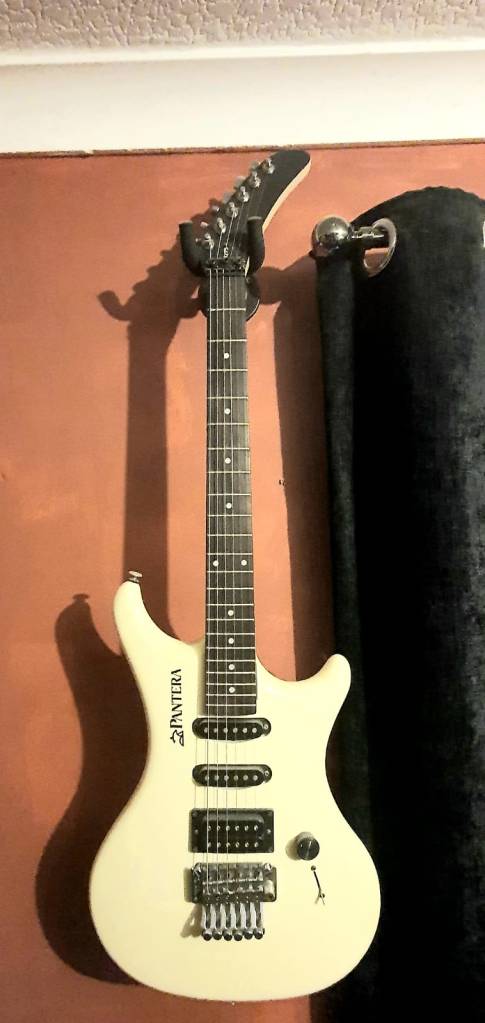
This task is inspired by the BBC Radio series, A History Of The World in 100 Objects, which is currently being re-broadcast. I’ve been in the process of moving house recently, and I’ve come to realise how many of the objects I’ve been boxing up are like museum pieces; the reason I have kept them is because they connect me to another time of my life, and we all know that the past is another country. The current state of confinement has meant that a lot of your students will be tidying and rearranging at home, so perhaps they have been doing some personal archaeology too.
Pre-task:
- You could begin by asking students whether they are hoarders and whether they sometimes need to de-clutter their living space and get rid of things.. (Elicit and pre-teach these.) In breakout rooms, in pairs or groups, they can discuss where they would put themselves on a cline like this:
Minimalist ————————————————X———————Hoarder
- In feedback, discuss why we keep things. Ideas like sentimental value (or actual monetary value) will arise. Some things are (not) worth keeping / holding on to.
- Listen to Mike’s short talk below. What is he talking about? How likely is he to hold on to this object, or throw it away? (Perhaps the students have something similar; this is something that can be discussed in feedback.)
Task 1 (optional):
One idea is to set the preparation for the task as homework: See also the variations section. (If you choose an app, a book or a picture as your main focus, the language used is likely to be more specialised, and benefit from more preparation time.)
Main Task (See worksheet below):
- Tell students that they are going to present an object that is special to them, one that is part of their history. (If you have more time, and the task appeals to students, invite them to choose more than one.)
- Give students a few minutes to think about the object, answering the questions on the worksheet. They should just make notes, and expand these in their talks, rather than scripting the whole thing.
- Ideally, the students will turn on their webcams for this, at least while they are presenting the object/s of their choice. Each one should talk for about two minutes (or longer, depending on their level and the amount of preparation they have done) about the chosen object. NB They should not say whether the object is one they want to keep or throw away.
- The listeners have to listen and make a note of questions they would like to ask to find out more. After the speaker has finished, elicit questions from some of the listeners.
- Finally, the listeners guess if they think the object is one that the speakers would like to keep or not. (They can also speculate, if appropriate, about the monetary value of the object; it might not be worth much, or worth getting valued?)
Follow-up
One way to make use of short presentations like these is for text-reconstruction. There is a chapter about this in our book, Activities For Task-Based Learning. For certain of the objects presented, ask the listening students take notes and, using these, to reconstruct or re-tell the story behind the object to members of their breakout group. This will provide more examples of student output which you can focus on afterwards. If you want this in more permanent form, set the same task in writing.
Language Focus: grammar
- Narrative tenses and time markers I got this while I was a student / when I was still living in / on holiday in _____; This used to belong to my grandmother; I had never owned a _______ before / up to that point.
- Ditransitive verbs My girlfriend bought/gave me this
- Relative clauses It’s something I like to look at / don’t take out all that much
- Embedded clauses It says a lot about who I was at the time….
Lexis
treasured possession; sentimental value; hoard(er); get rid of; clutter/decluttering; ornament; it’s important to me; it reminds me of / makes me think of; I’ll always remember (the time we ____); it has a special place in my heart; I couldn’t afford it
Variations and extension
- Instead of an object, students can talk about a book that is important to them, or a photograph from their photo library. The key to having the task work well is the visual element, so enable screen-sharing if possible.
- For more technologically-minded students, get them to talk you through the features and functionality of an app that they often use, and elicit questions in the same way.

Thanks Neil.
LikeLike
Fab task Neil!!! Thank you!!!Will it out with my Ss!:))
LikeLike
Hi Irina. Glad you like it. Keep checking back for more. Hope all is all right for you in Moscow?
LikeLike
Pingback: 9. Snapshots from my life – Fluency First ELT
Hi Neil,
I love this task and will give it a try in my conversation class. We’ll be doing it a face-to-face class so I’m WhatsApping them now to get them to bring a photo of the object or book. I might extend the choice to a special place.
Hmm, I wonder why you choose the Tardis. 🙂
Best, Antoinette
LikeLiked by 1 person
Another way of doing this that was suggested to me by a colleague – have all students write their description and submit it to teacher. Teacher compiles all the descriptions and students read and guessed whose description it was. Rarely have I seen so much engagement in a reading task!
LikeLike